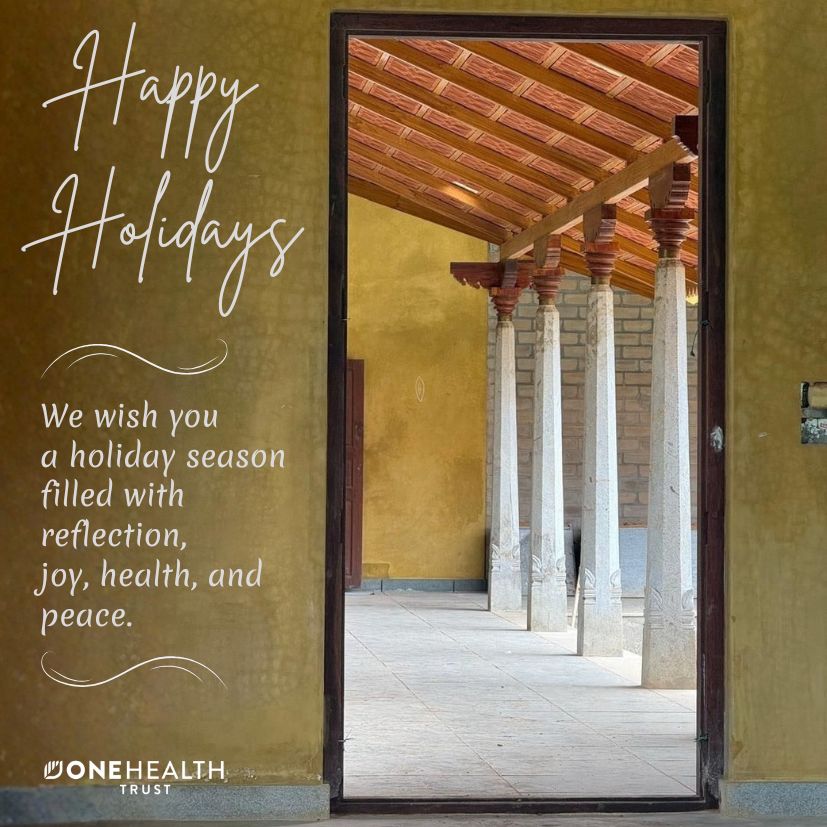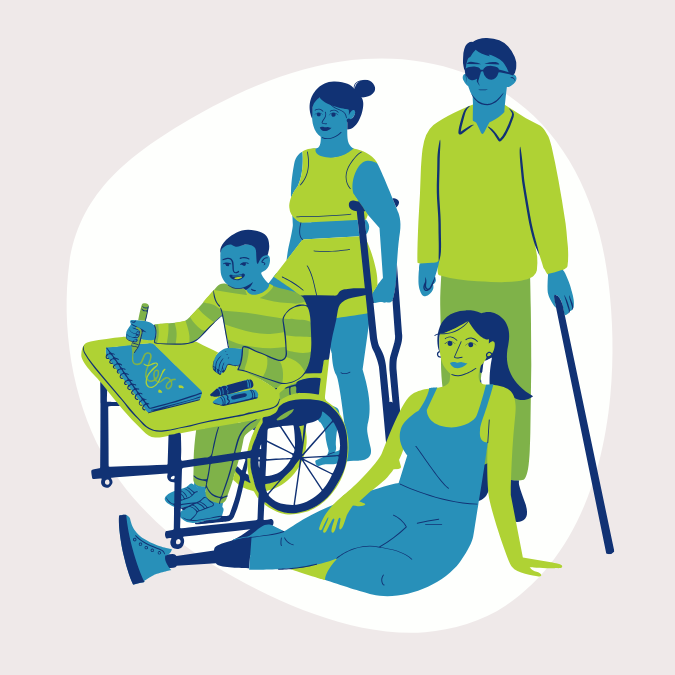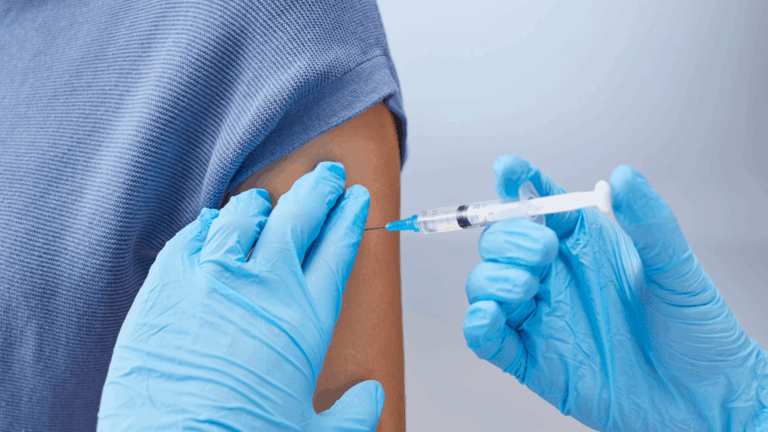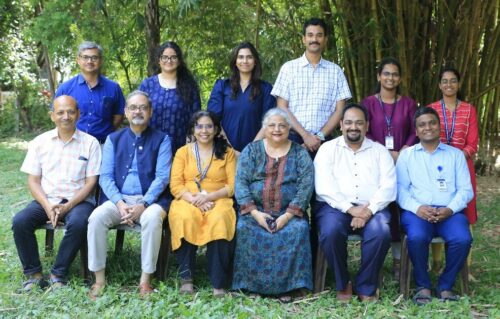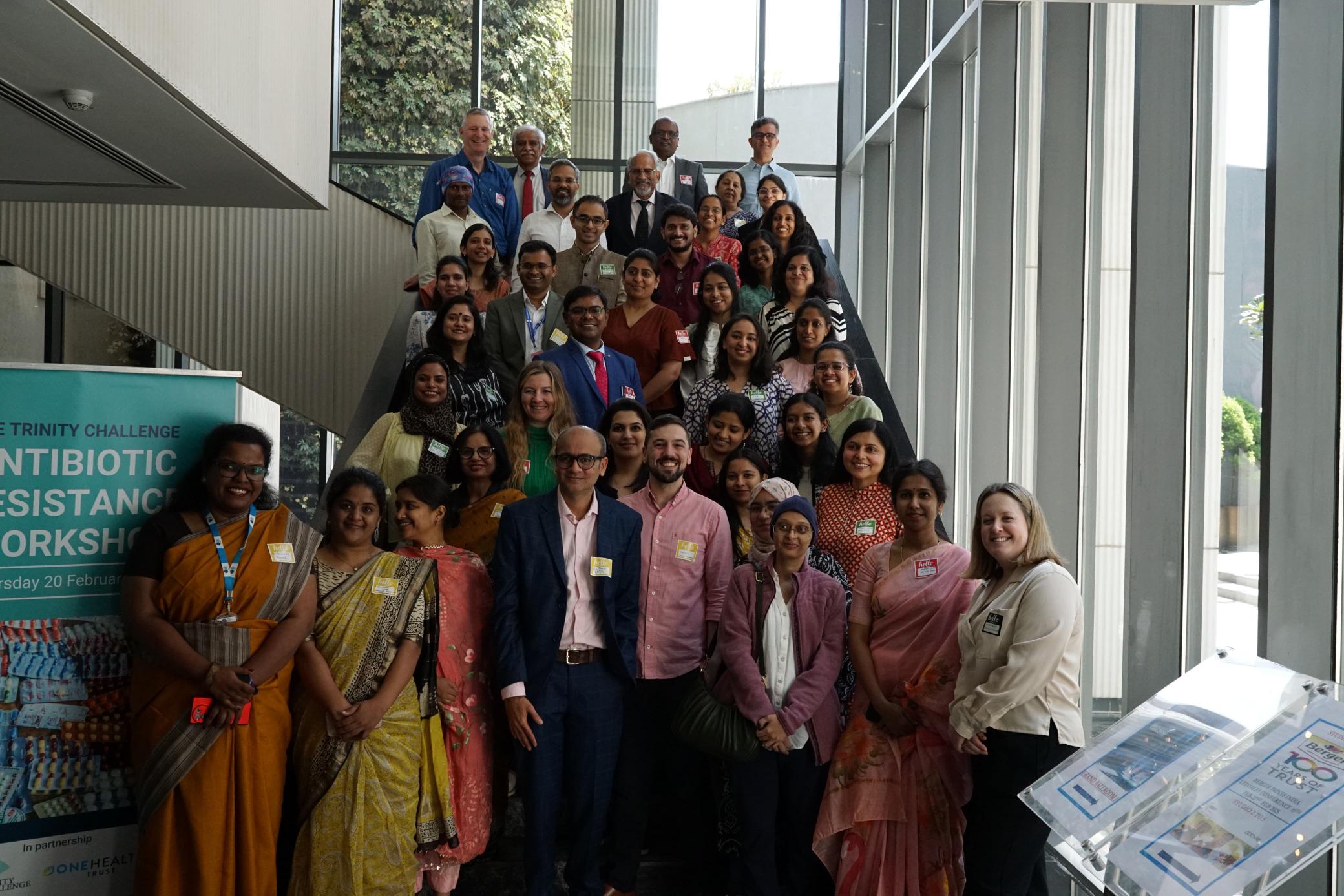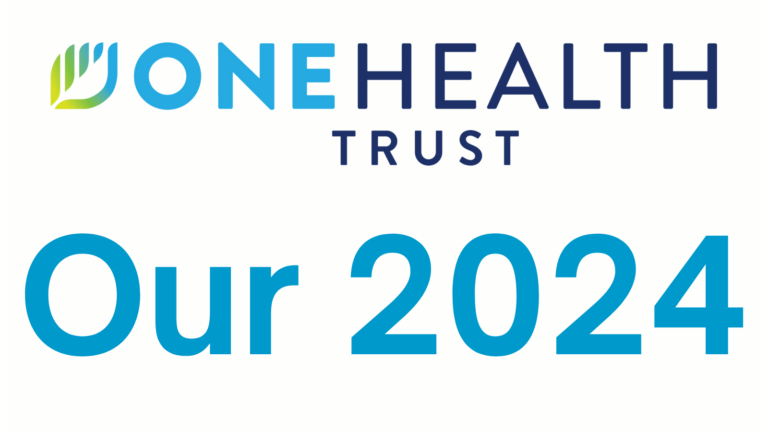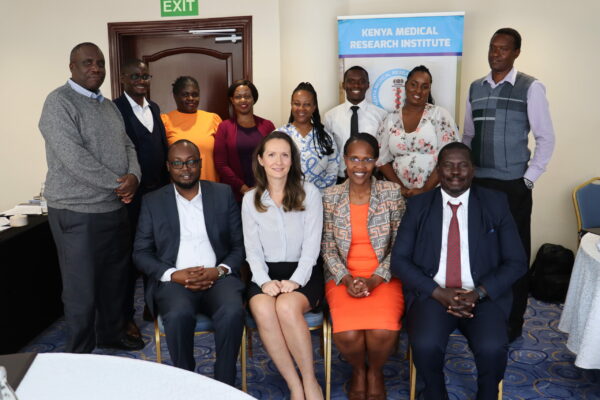November 25, 2022

In 2022, approximately 1.2 billion people around the world lived in multidimensional poverty, manifesting itself beyond monetary deprivations and including factors such as lack of access to education, basic infrastructure, and political exclusion (UNDP 2022, World Bank 2022). In the context of antimicrobial resistance (AMR), impoverished individuals and populations around the world are especially vulnerable. In countries without universal healthcare access, poverty can prevent someone in need from paying for basic medical care. Even in countries that technically guarantee universal healthcare access, the reality is far from ideal, and treatment often comes with out-of-pocket expenses. In addition, hardships like the lack of transportation means, housing, or the time needed to access medical services represent consistent barriers to health and well-being for low- or no-income individuals (Frost et al. 2019). In these settings, delayed diagnosis and treatment of bacterial infections, insufficient healthcare access, and inappropriate use of medications all contribute to the emergence and development of AMR.
In recent years, researchers have explored the various ways poverty can drive AMR. A retrospective study from the United States revealed that the incidence of invasive infections from community-associated methicillin-resistant Staphylococcus aureus, or MRSA, was higher among people living under the national poverty line, in neighborhoods characterized by lower socioeconomic status, and in medically underserved areas in the U.S. (See et al. 2017). The US Center for Disease Control (CDC) published similar results in their 2019 report on AMR threats in the United States, a country that does not have universal healthcare access. They found that community-associated ESBL-producing Enterobacterales infection rates were higher in geographic areas associated with lower median incomes, lower high school education rates, lower insurance coverage rates, and limited English proficiency (CDC 2018). Of note, according to the United States Census Bureau (2017), the driving force behind poverty in the country is medical expenses; in 2016, medical costs were found to push approximately 10.5 million people into poverty.
The high costs of healthcare, particularly for those lacking health insurance, may cause impoverished people to delay seeking medical care; self-medicate; or find alternative, and possibly inappropriate, treatment methods — practices that can exert high pressure on microbes and result in the emergence and spread of resistant strains. Self-medication and the purchase of antibiotics without a prescription are especially prevalent in low- and middle-income countries (LMICs). A 2018 study from Tanzania demonstrated that antibiotics could easily be purchased without a prescription in 92 percent of the surveyed pharmacies in the Moshi municipality of Kilimanjaro. Of all antibiotic purchases made between June and July 2017, over half were without a prescription (Horumpende 2018). Poverty-stricken patients are also more likely to purchase less expensive and potentially less effective medications, and at times shorten their antibiotic regimens to save money (Frost et al. 2019). Furthermore, substandard antimicrobials containing suboptimal levels of the required active ingredient might not clear infections efficiently. Such antibiotic misuse and subsequent AMR infections can be dangerous and even fatal.
AMR affects all countries, but the burden is greatest in LMICs, especially those in sub-Saharan Africa. Dense living conditions in rural and urban settlements alike amplify the bacterial transmission risk, not only between humans but also from and to livestock and in the environment. OHT researchers found that between 2000 and 2018, the proportion of antimicrobial compounds with resistance higher than 50 percent in chicken and pigs in LMICs increased by nearly three-fold (Van Boeckel et al. 2019). As we focus on human health, the complex relationship between animal and environmental health cannot be ignored. In poor countries with high levels of environmental pollution and unregulated use of antibiotics in livestock production, people are put at direct risk of contracting drug-resistant infections.
Limited access to diagnostic testing and an inadequate arsenal of antibiotics available in LMICs also increases the risk of AMR development and transmission. The Mapping Antimicrobial Resistance and Antimicrobial Use (MAAP) project, a large study assessing AMR surveillance capacity and AMR burden in Africa, showed that of 50,000 laboratories surveyed in 14 African countries, only 1.3 percent have the capacity for bacteriology testing. The findings also suggest that the inappropriate use of certain antibiotics is coupled with a lack of access to others; only four drugs comprised more than two-thirds of all the antibiotics used in the healthcare settings surveyed (MAAP et al. 2022).
Finally, global economic inequality, weak political governance, and poor healthcare infrastructure can result in low access to preventive practices, such as adequate water, sanitation, and hygiene (WASH) infrastructure, and sustained vaccination coverage. In fact, only 43 percent of the population in LMICs has access to safely managed water, while 30 percent has access to sanitation (Rozenberg et al. 2019). When scientists predict that universal access to water and sanitation may result in a 60 percent reduction in antibiotic-treatable diarrheal illnesses, implementing and ensuring access to WASH in LMICs is critical to reducing the burden of AMR everywhere (Pokharel et al. 2019). A recent study assessing the impact of pneumococcal and rotavirus vaccines in 18 LMICS estimated that 2018 vaccine coverage levels avert 23.8 million and 13.6 million episodes of antibiotic-treated acute respiratory infections and diarrhea, respectively, for children under five years. Scaling up to universal coverage levels for both vaccines could prevent an additional 40 million episodes of antibiotic-treated illness (Lewnard et al. 2020).
The disproportionate burden of AMR on economically disadvantaged people in high-income countries and the excessive toll of AMR in poorer countries expose broader and complex challenges that arise from the deprivation of fundamental needs. The AMR problem underscores how safeguarding basic rights like access to education, healthcare, clean water, adequate sanitation infrastructure, and routine immunization will build a healthier world for all of us.
References:
CDC (2019). Antibiotic Resistance Threats in the United States. U.S. Department of Health and Human Services, https://www.cdc.gov/drugresistance/pdf/threats-report/2019-ar-threats-report-508.pdf.
Frost, Isabel, et al. (2019). Access Barriers to Antibiotics. Washington, DC: Center for Disease Dynamics, Economics & Policy. https://onehealthtrust.org/wp-content/uploads/2019/04/access-barriers-to-antibiotics.pdf.
Horumpende, Pius G. et al. (2018). Prescription and non-prescription antibiotic dispensing practices in part I and part II pharmacies in Moshi Municipality, Kilimanjaro Region in Tanzania: A simulated clients approach. PLoS One, https://doi.org/10.1371/journal.pone.0207465.
Lewnard, Joseph A. et al. (2020). Childhood vaccines and antibiotic use in low- and middle-income countries. Nature, https://www.nature.com/articles/s41586-020-2238-4.
MAAP et al. (2022). Incomplete Antimicrobial Resistance (AMR) Data in Africa: The Crisis Within the Crisis. African Society for Laboratory Medicine, https://aslm.org/resource/policy-brief-and-infographics-on-antimicrobial-resistance-amr-in-africa/
Pokharel, Sunil et al. (2019). Tackling antimicrobial resistance in low-income and middle-income countries. BMJ Global Health, https://doi.org/10.1136/bmjgh-2019-002104.
Rozenberg, Julie et al. (2019) Beyond the Gap: How Countries Can Afford the Infrastructure They Need while Protecting the Planet. Sustainable Infrastructure Series, World Bank. https://olc.worldbank.org/system/files/33267_Policy_Note_2.pdf
See, Isaac, et al. (2018). Socioeconomic Factors Explain Racial Disparities in Invasive Community-Associated Methicillin-Resistant Staphylococcus aureus Disease Rates, Clinical Infectious Diseases, https://doi.org/10.1093/cid/ciw808.
UNDP (2022). Global Multidimensional Poverty Index (MPI): Unpacking deprivation bundles to reduce multidimensional poverty. OPHI (Oxford Poverty and Human Development Initiative), https://hdr.undp.org/content/2022-global-multidimensional-poverty-index-mpi#/indicies/MPI.
United States Census Bureau (2017). How the U.S. Census Bureau Measures Poverty. U.S. Department of Commerce, https://www.census.gov/content/dam/Census/library/visualizations/2017/demo/poverty_measure-how.pdf.
Van Boeckel, Thomas P. et al. (2019). Global trends in antimicrobial resistance in animals in low- and middle-income countries. Science, https://doi.org/10.1126/science.aaw1944.
World Bank (2022). Multidimensional Poverty Measure. https://www.worldbank.org/en/topic/poverty/brief/multidimensional-poverty-measurel-poverty-measure.

